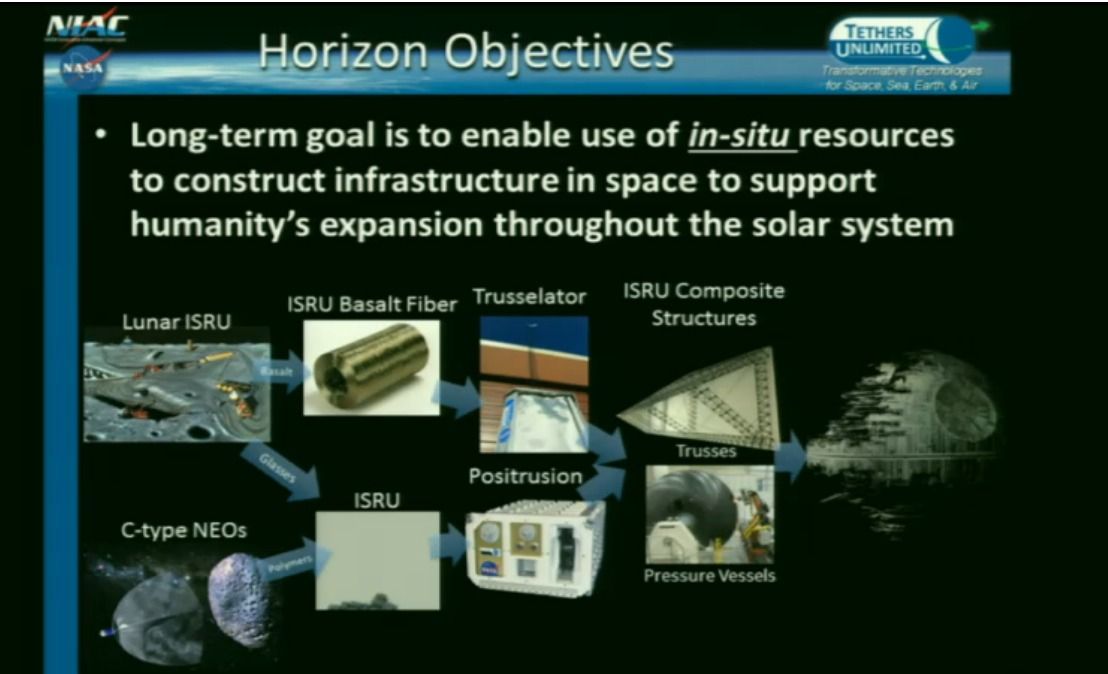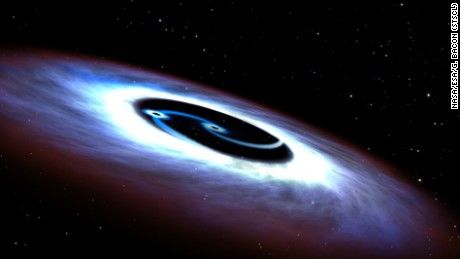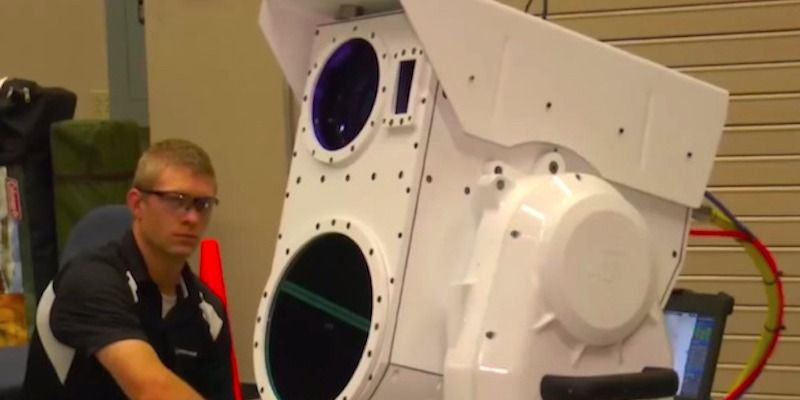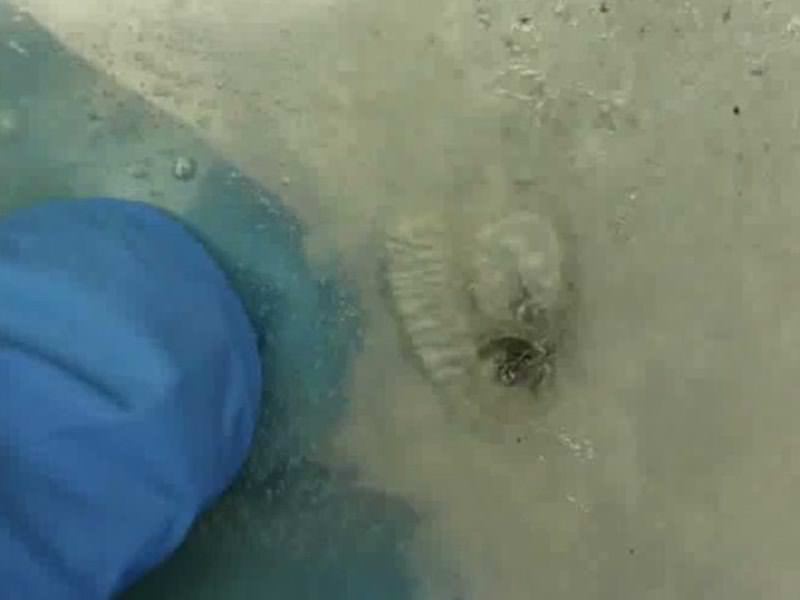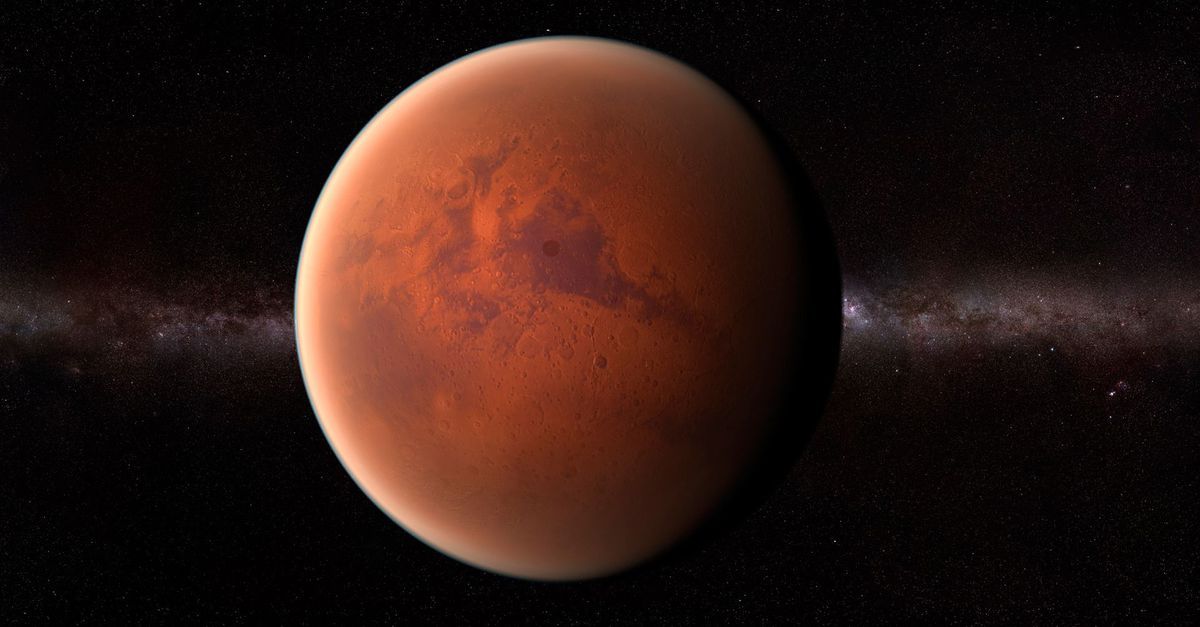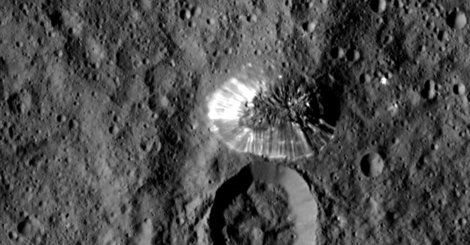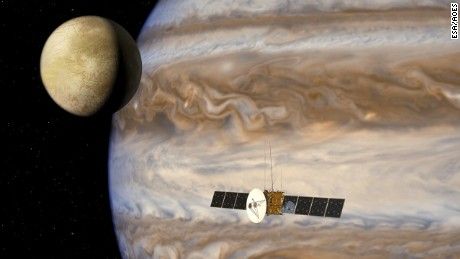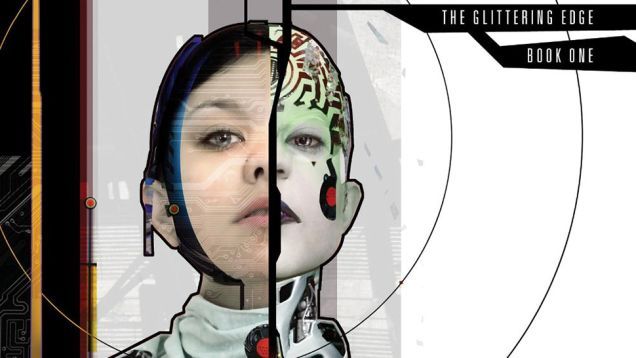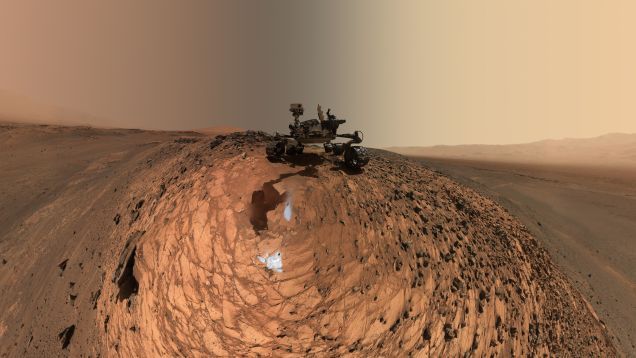.
NASA Glenn Research Center, GRC, currently has several programs to advance near-term photovoltaic array development. One project is to design, build, and test two 20 kW-sized deployable solar arrays, bringing them to technology readiness level (TRL) 5, and through analysis show that they should be extensible to 300 kW-class systems (150 kw per wing). These solar arrays are approximately 1500 square meters in total area which is about an order-of-magnitude larger than the 160 square meters solar array blankets on the International Space Station (ISS).
The ISS has the four (pair) sets of solar arrays that can generate 84 to 120 kilowatts of electricity. Each of the eight solar arrays is 112 feet long by 39 feet wide and weighs 2400 pounds. There were space missions involving astronauts working in space to install and deploy the ISS solar panels.
Alliant Technical Systems, ATK, was selected in 2012 by NASA’s Space Technology Program under a Game Changing Technology competition for development of a promising lightweight and compact solar array structure. The MegaFlex™ engineering development unit, EDU, was tested at NASA GRC Plumbrook facility this year. See below for the ATK deployment of the demonstration unit.
